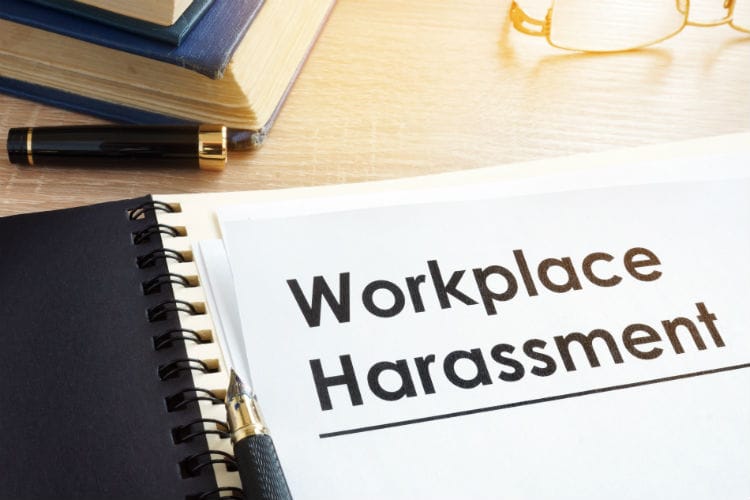Workforce tracking solutions for employers continues to grow, especially as remote work has become more commonplace in 2020.
One reason for this is that organizations worry that employees aren’t as productive when they’re working remotely and that managers can’t peek around the office to see who’s working and who’s online shopping, said Matt Stevenson, partner and leader of Mercer’s Workforce Strategy and Analytics practice.
Additionally, now there’s just more data as more people work online. For example, with more health care delivered through telehealth now, he said, there’s much more data on patient interactions that used to just be recorded in doctors’ notes. And it’s possible to connect this data with actual patient outcomes.
Also read: Labor analytics add power to workforce management tools
In health care and beyond, organizations are beginning to invest more in this technology, Stevenson said. As workforce tracking becomes more commonplace, there are some key considerations employers must keep in mind to use it correctly.
Track productivity, not activity
There is a lot of metadata that organizations and vendors can track, like how many clicks per day or meetings per day an employee has. Either party can tap into this data and interpret it, but one important consideration is they are tracking the right thing, said Matt Stevenson, partner and leader of Mercer’s Workforce Strategy and Analytics practice.
“if your’e just tracking activity and micromanaging activity, that probably won’t end well. But if you have a way of seeing whether activity is a leading indicator of productivity, that’s fantastic,” Stevenson said.
He gave the example of judging athletes’ “productivity” by how much time they spent on the field rather than how many goals they scored. There is a big distinction between activity and productivity, and it can be a difficult distinction to make in the workplace.
Also read: Monitor Responsibly: How Employers Are Using Workplace Surveillance Devices
Consider how much you trust who you’ve hired
John Lacy, chief operating officer at Idea Grove, said that at his organization, they do not believe in workforce tracking. Rather, there should be a culture of trust.

“We don’t believe monitoring tools of that nature are necessary to ensure people are doing their jobs. It comes down to the culture we’re building. When we looked at going fully remote, that question came up as not so much ‘What technology do we need to track them?’ but ‘How will we know work is getting done?’ and ‘How will we know we’re still meeting client needs?’ ” he said.
“It came back to that level of trust,” he added. “If we don’t trust [employees] to do what they need to do — whether they’re working at the office or from a remote location — we believe we’ve hired the wrong person.”
To ensure that people are getting work done, Idea Grove instead uses a series of tech tools that help with project management. Team members track their progress on projects with the project tracking tool Teamwork. They communicate with each other via Slack. And the organization regularly gets employee feedback about how employees are feeling about the office culture through the culture tracking tool Officevibe.
Lacy also said that the organization uses The Great Game of Business to help educate employees on how to run a business, how their work contributes to the organization and how exactly their successes can lead to rewards and bonuses.
“A philosophy I truly believe in is that everyone can understand business. It’s not that hard,” he said. “A lot of companies hide that from their employees, but we want to empower employees with that knowledge so that they understand that if they want long-term employment with the company, we have to make sure we have a company that is healthy, profitable and engaging, and they can participate in that directly.”
Avoid micromanaging
A real risk of workforce tracking is the presence of micromanaging, Stevenson said. He suggested “nudging” as a solution to micromanaging.
For example, perhaps a company found out that employees’ sending emails after 10 p.m. led to burnout and lower productivity. If a manager finds out through workforce tracking that an employee is regularly sending emails at this time, the solution wouldn’t be to have a stern discussion with the employee and tell them to stop. Rather, the employee could receive “nudges” through pop-ups on their computer that encourage them to sign off at a certain time.
Also read: Employee performance shines bright with valuable, continuous shift feedback
There’s a good deal of research supporting that nudges help with behavior change rather than direct orders. Stevenson said.
With this logic, what organizations should do first is find that link between activity and productivity. Once they’ve figured out that link, they could use that insight to create nudges rather than try to directly guide employee behavior, he added.
“It’s a two-fold problem,” he explained. “What predicts the things you care about, and if you have those predictions, what do you do about it without making things worse?”
The conversation about micromanaging ultimately comes back to trust, Lacy said.
“Everything starts with culture,” he said. “If you’re in an environment where trust is not the baseline, I could see a more command-and-control type manager having trouble with not knowing if everyone’s doing what they need to do.”
“My advice to them is to take an inward look,” he added. “What is it about your internal self that is not trusting your team to get its work done?”
How to calm employee’s concerns
Some employees may have concerns about workforce tracking, which comes down to is company culture and how employee data is being used, Stevenson said. Some cultures may breed more suspicion in employees while others are more trusting.
Also read: Give managers the time they need to sharpen up their all-around skills
Things get tougher in organizations where there is a more adversarial relationship between employees and employer. “And, in my personal opinion, that’s where you may see more labor organizations showing up,” Stevenson said.
He gave the historical example of Henry Ford and the creation of assembly lines. Strikes would often happen when factory operators sped up production. A similar trend happened with coal miners, who were paid by their output of coal every hour. They would strike when the number was supposed to go up, if they were concerned it was unsafe for them to do so.
Using “speeding up the assembly line” as a metaphor for “increasing productivity” in the 21st century, Stevenson said that when organizations attempt to “speed it up” by tracking emails or whatever other metric, people notice.
“If you’re the sort of organization that will take this data to speed up the assembly line, you’ll get pushback,” he said. “If you’re on the sort that will use this data to make the product on the assembly line better then you won’t get push back.”
Further, he added, sometimes it’s legitimate to speed up the assembly line and look for higher productivity. What’s key here is how an organization shares the benefit of increased productivity. If it speeds up productivity and shares the profits with employees, those employees may very well be satisfied. But if profits mostly go somewhere else, like to shareholders or executives, then there will be less of a positive reaction, he said.


 According to digital media company Racked,
According to digital media company Racked, 